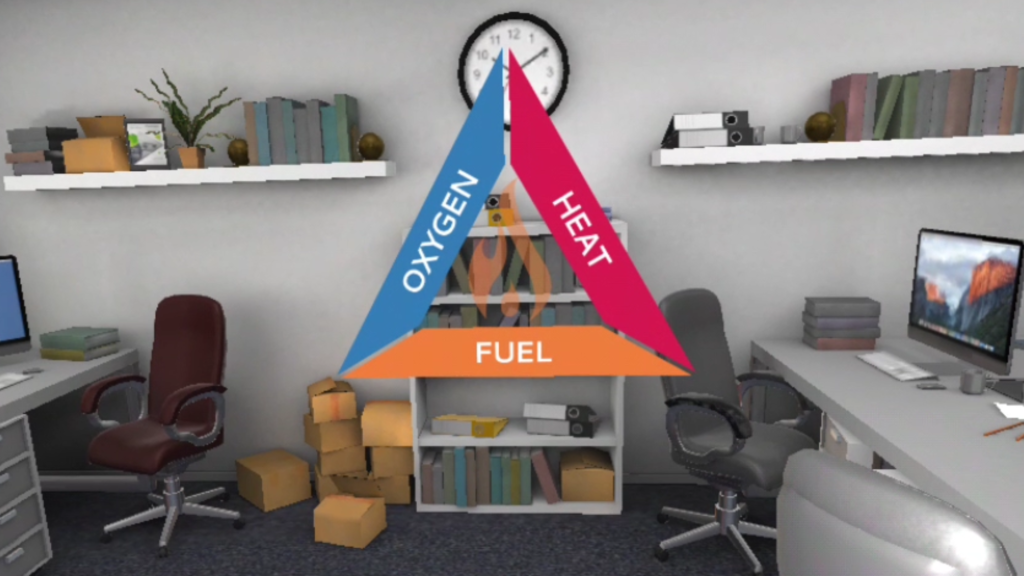Integrating virtual reality (VR) and augmented reality (AR) technologies into learning management systems gives businesses an opportunity to measure the capability of employees and identify where improvements can be made.
The number of VR applications across a wide range of industry sectors is accumulating at a rapid pace. VR technology has progressed beyond gaming and is finding its way into the corporate space.
One of the key benefits organisations are finding is that when VR technologies are integrated into learning management systems (LMS), they have a profound effect on staff training.
Whilst standard training methods are a standalone experience that is difficult to monitor effectively, computer simulators enable trainers to collect data that answers questions about how proficient they are.
But the massive difference with VR simulators is that employees are put into virtual environments with life-like experiences. When integrated into a learning management system, you have the opportunity to monitor their performance mentally, physically and emotionally, without any risk involved whatsoever.
It also helps employees understand their strengths and weaknesses, and exposes them to situations they can use to develop skills quicker and remember information easier.
As a matter of fact, integrating virtual reality with your learning management system has numerous benefits:
- Takes employees beyond tick box learning and note taking
- Low risk factor
- Increased personalisation
- Visual approach is better for understanding and memory recall
- Enhances user-engagement
- Simplifies complex procedures
- Simulates real-life scenarios









